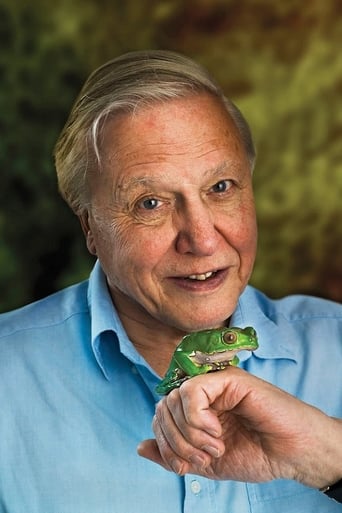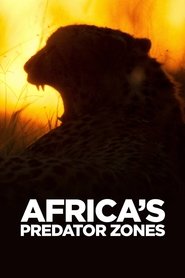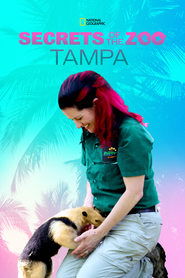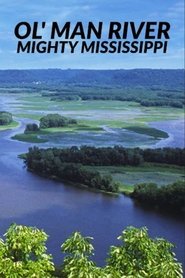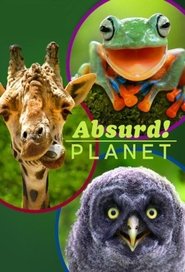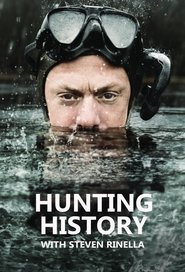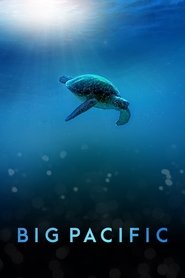

Trials of Life - Season 1 Episode 3 Finding Food
Season - Episode
-
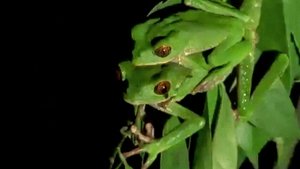 1 - 1Arriving Oct 04, 1990
1 - 1Arriving Oct 04, 1990 -
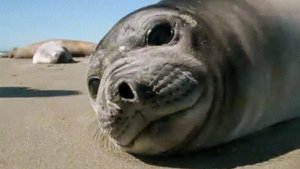 1 - 2Growing Up Oct 11, 1990
1 - 2Growing Up Oct 11, 1990 -
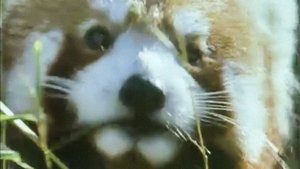 1 - 3Finding Food Oct 18, 1990
1 - 3Finding Food Oct 18, 1990 -
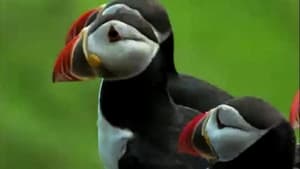 1 - 4Hunting and Escaping Oct 25, 1990
1 - 4Hunting and Escaping Oct 25, 1990 -
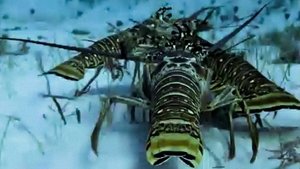 1 - 5Finding the Way Nov 01, 1990
1 - 5Finding the Way Nov 01, 1990 -
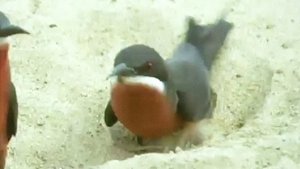 1 - 6Home Making Nov 08, 1990
1 - 6Home Making Nov 08, 1990 -
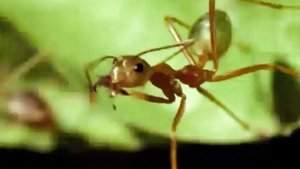 1 - 7Living Together Nov 15, 1990
1 - 7Living Together Nov 15, 1990 -
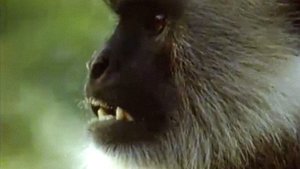 1 - 8Fighting Nov 22, 1990
1 - 8Fighting Nov 22, 1990 -
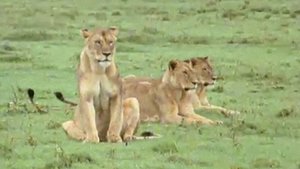 1 - 9Friends and Rivals Nov 29, 1990
1 - 9Friends and Rivals Nov 29, 1990 -
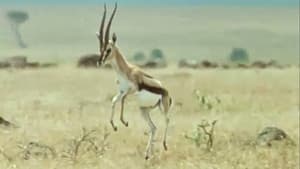 1 - 10Talking to Strangers Dec 06, 1990
1 - 10Talking to Strangers Dec 06, 1990 -
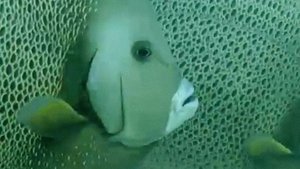 1 - 11Courting Dec 13, 1990
1 - 11Courting Dec 13, 1990 -
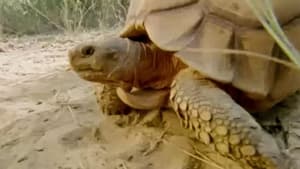 1 - 12Continuing the Line Dec 20, 1990
1 - 12Continuing the Line Dec 20, 1990
-
 0 - 1The Making Of The Trials Of Life Jan 01, 1970
0 - 1The Making Of The Trials Of Life Jan 01, 1970
Overview
The next installment is devoted to the ways in which animals gather their sustenance. Attenborough begins in the South American rainforest, where the proliferation of animal and plant life does not necessarily make it easy to find food. Some leaves are poisonous, and so those that eat them have to be careful. Other plants use food (or nectar) as a bribe to get their pollen transported, and several species of hummingbird have developed exclusive relationships with certain of them. Fruit is also on offer, again as a means of reproduction, and creatures such as squirrel monkeys eat little else. Meanwhile, parrots and macaws take kaolin as an antidote to their diet of toxic seeds. Attenborough witnesses a 60,000 strong flock of knot and dunlin suddenly take advantage of a low tide to feed on tiny mud-dwelling molluscs. Barracuda hunt small fish, and drive shoals of them into bays to be eaten by pelicans, which are besieged by gulls that attempt to steal their catches. One species of gecko is able to differentiate between worker termites and the more dangerous soldiers. The web of the orb spider is hailed as one of the most elegant food catching devices, and the methods of two others, nephila and its kleptoparasite visitor, argyrodes, are explored in detail. Finally, tropicbirds, their crops full with food en route back to their nests, are ambushed in mid-air by a group of frigatebirds, whose aim is to make them surrender their cargo.

